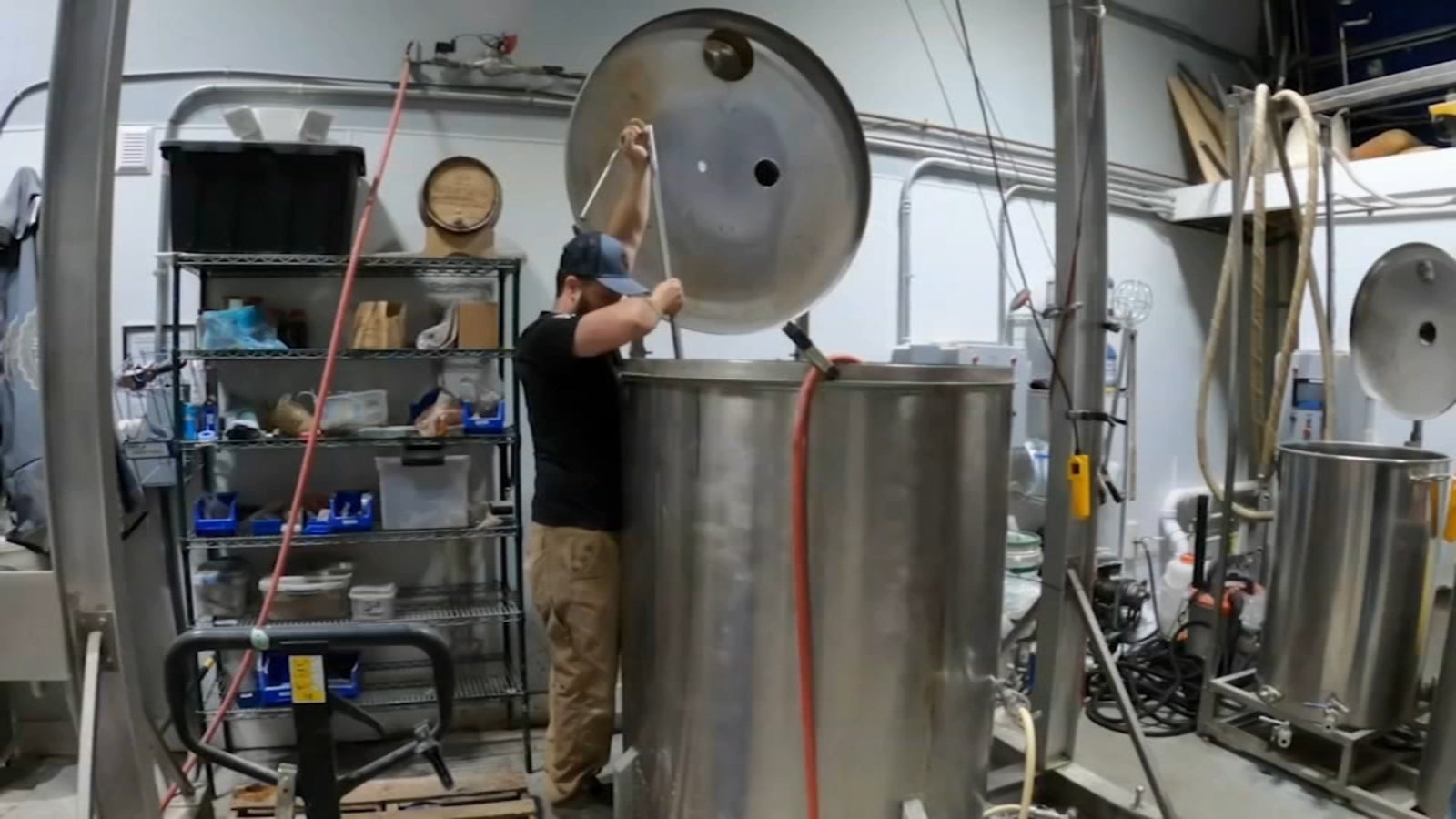Galveston Liquor Shops: Locate Your Fave State Of Minds and More
Galveston Liquor Shops: Locate Your Fave State Of Minds and More
Blog Article
Mastering the Craft of Purification: a Deep Dive Into Distillery Traditions
Exploring the detailed art of purification reveals a globe soaked in time-honored customs that have actually formed the spirits we appreciate today. From the old beginnings of distillation techniques to the modern-day evolution of distillery equipment, each step in the process lugs with it a rich tapestry of history and competence. As we explore the delicate equilibrium of modern versus standard distilling practices and uncover the relevance of vital ingredients, a much deeper understanding arises of the extensive influence distillery customs have on the spirits we savor.
Beginnings of Purification Techniques
The development of purification techniques has an abundant background that traces back to ancient human beings. The idea of separating elements based on their different boiling factors laid the foundation for the innovative purification procedures we have today.
The earliest evidence of purification go back to around 3000 BC in Mesopotamia, where clay pots were used to distill perfumes and aromatic oils. The Egyptians additionally advanced these techniques, utilizing purification for medical purposes and embalming practices. The Greeks, significantly numbers like Aristotle and Hippocrates, added to the theoretical understanding of purification.
Over time, distillation spread to areas like India, China, and the Middle East, each culture including its unique touch to the craft. The advancement of purification methods continued with the Middle Ages and the Renaissance, at some point resulting in the varied selection of purification procedures used in contemporary distilleries worldwide.
Development of Distillery Tools

With advancements in technology and a deeper understanding of the distillation process, modern-day distilleries now use a variety of advanced tools to create spirits of the best. Today, distillation equipment includes column stills, reflux stills, and hybrid stills, each developed to accommodate certain distillation demands. These modern stills offer better temperature level law, enhanced purification accuracy, and better efficiency in separating alcohol from contaminations.
Along with stills, distilleries now use sophisticated condensers, fermenters, and filtering systems to additional fine-tune the distillate. The development of distillery equipment continues to play an important function in forming the varied series of spirits offered in the market today.
Conventional Vs. Modern Distilling Practices
Alternatively, contemporary distilling practices utilize advanced technology and advancement to improve production procedures and boost uniformity. Automated systems, computerized controls, and modern devices allow modern-day distilleries to generate spirits much more efficiently and with higher precision.
While traditional distilling practices are cherished for their heritage and the unique flavors they produce, modern approaches provide benefits in regards to scalability, quality assurance, and sustainability. By including scientific developments and contemporary engineering, distillers can maximize manufacturing, decrease waste, and satisfy the demands of today's market extra properly. Ultimately, the choice between modern-day and standard distilling practices typically depends upon the distillery's goals, values, and target audience.
Secret Active Ingredients in Purification Refine
Within the craft of distillation, the option of key components plays an important role in identifying the flavor profile and top quality of the spirits generated. The primary ingredients used in the distillation process are usually water, yeast, and a fermentable resource such as grains, fruits, or sugarcane.
Water is a basic component as it not only waters down the alcohol web content to a hop over to here palatable degree yet likewise affects the total mouthfeel and appearance of the spirit. The quality page and mineral web content of the water used can significantly influence the final item.
Yeast is another vital component that converts the sugars present in the fermentable resource into alcohol via the procedure of fermentation. Various stress of yeast can produce varying aromas and tastes, contributing to the one-of-a-kind features of the spirit.

Impact of Distillery Traditions on Spirits
The influence of historical distillery traditions on spirits extends past the option of vital ingredients, forming the really significance and character of the final distilled products (Galveston Liquor). These practices, passed down via generations, play a crucial function in defining the one-of-a-kind preference accounts and high qualities that distinguish one spirit from an additional
Distillery customs incorporate a wide variety of techniques, from the certain methods made use of in distillation to the selection old processes utilized. For instance, making use of traditional copper pot stills in bourbon production is believed to impart specific flavors and attributes that are highly valued by aficionados. In a similar way, the aging of spirits in oak barrels, a method deeply rooted in distilling practices, adds to the advancement of complicated scents and flavors in time.

Conclusion
In final thought, the practices of purification have a rich history that has progressed with time. From the origins of distillation methods to the contemporary techniques, the influence of distillery practices on spirits is undeniable. By comprehending the crucial components in the purification procedure and the advancement of distillery tools, one can appreciate the craftsmanship and artistry that goes into creating top notch spirits. Distillery practices play an essential duty in forming the spirits sector and preserving the heritage of distillation practices.
Throughout the background of purification, the devices utilized in distilleries has undergone considerable evolution to improve efficiency and quality of the distillation procedure.With see advancements in modern technology and a much deeper understanding of the purification procedure, contemporary distilleries now make use of a selection of innovative devices to generate spirits of the greatest top quality. Today, purification tools includes column stills, reflux stills, and hybrid stills, each developed to provide to certain distillation requirements. From the origins of distillation methods to the contemporary practices, the effect of distillery practices on spirits is indisputable. Distillery customs play a vital duty in shaping the spirits sector and protecting the heritage of distillation practices.
Report this page